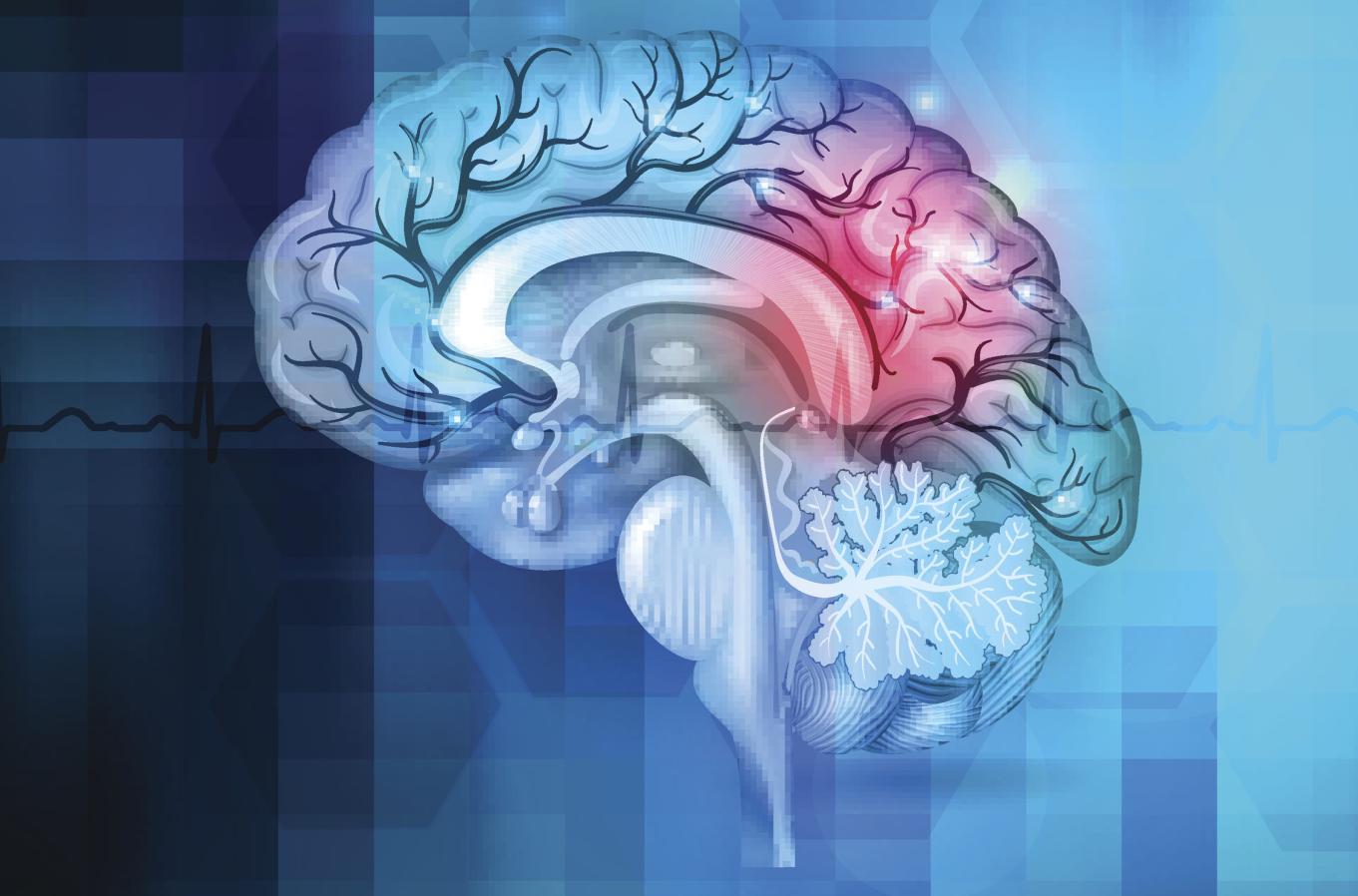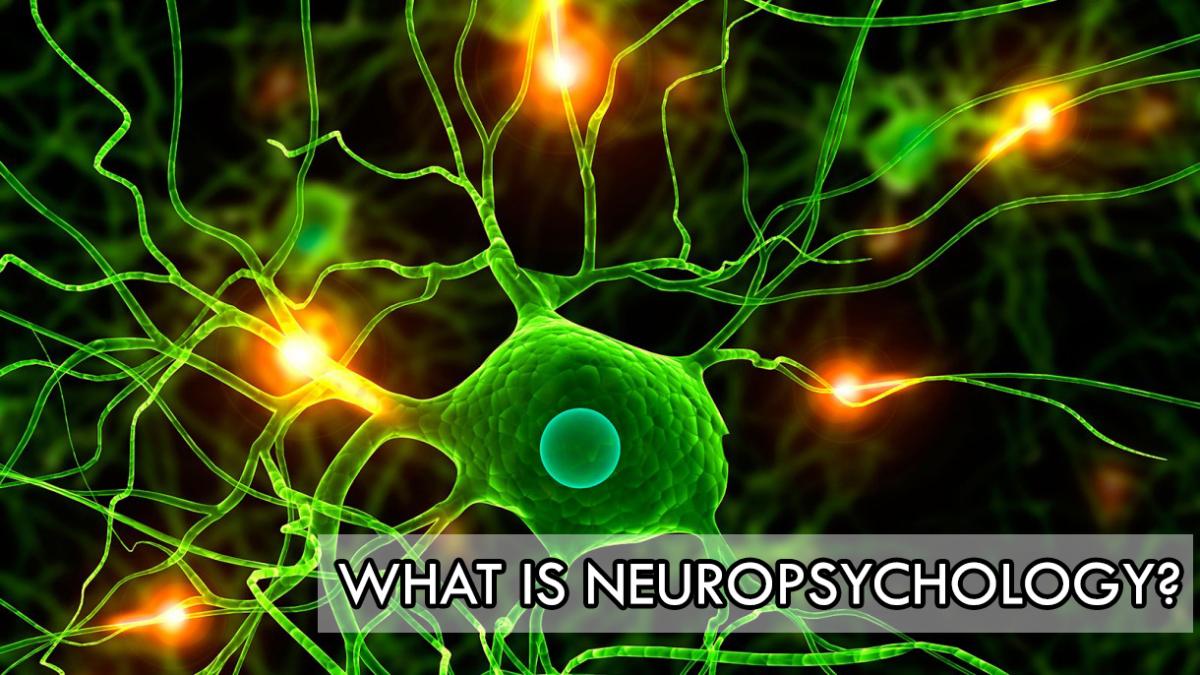How Does the Brain Control Movement?
Movement is an integral part of our daily lives, allowing us to perform a wide range of actions, from simple tasks like walking and reaching to complex skills like playing sports or playing a musical instrument. This intricate process is orchestrated by a complex network of brain structures working in harmony.

Motor Cortex
The primary motor cortex (M1) is located in the frontal lobe of the brain and plays a crucial role in controlling voluntary movement. It consists of specialized neurons called pyramidal neurons, which send signals to the spinal cord, triggering muscle contractions.
- M1 is organized in a somatotopic map, meaning different body parts are represented in specific areas of the cortex.
- The size of the cortical area dedicated to a particular body part reflects its importance and precision of movement.
Premotor Cortex
The premotor cortex (PMC) is located just anterior to the primary motor cortex and is involved in planning and executing complex movements.
- The PMC helps break down complex movements into a series of smaller, more manageable steps.
- It plays a crucial role in motor learning and skill acquisition, allowing us to refine and perfect our movements over time.
Basal Ganglia
The basal ganglia is a group of interconnected structures located deep within the brain. It plays a vital role in initiating and regulating movement.
- The basal ganglia helps select appropriate movements and suppress unwanted ones.
- Dysfunction of the basal ganglia can lead to movement disorders such as Parkinson's disease and Huntington's disease.
Cerebellum

The cerebellum is located at the back of the brain and is responsible for coordinating movement, balance, and motor learning.
- The cerebellum receives sensory information from the body and uses it to fine-tune motor commands, ensuring smooth and coordinated movements.
- Damage to the cerebellum can result in disorders such as ataxia (impaired coordination) and dysmetria (difficulty judging distance and force).
Brainstem Structures
Several brainstem structures, including the brainstem nuclei and reticular formation, play crucial roles in movement control.
- These structures regulate muscle tone, posture, and reflexes.
- Dysfunction of brainstem structures can lead to movement disorders such as stroke and multiple sclerosis.
Sensory Feedback And Motor Control

Sensory feedback is essential for refining and adjusting movements. Proprioception (the sense of body position and movement), vision, and the vestibular system (balance and spatial orientation) provide the brain with continuous information about the body's position and movement.
- This sensory information is integrated with motor commands to ensure accurate and efficient movements.
- Without sensory feedback, movement becomes imprecise and uncoordinated.
The brain's control of movement is a complex and fascinating process involving a network of interconnected structures. Understanding how the brain controls movement is crucial in fields such as neurology, rehabilitation, and sports science. By unraveling the intricacies of movement control, we can develop better treatments for movement disorders and enhance human performance.
YesNo

Leave a Reply